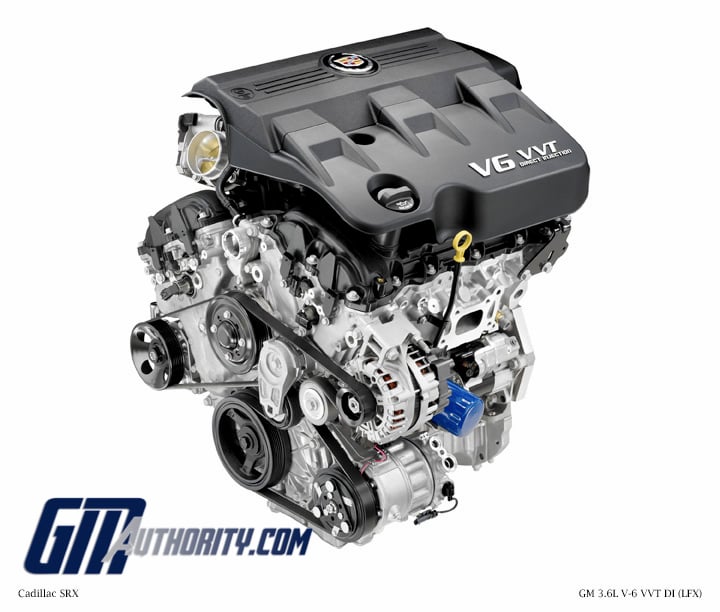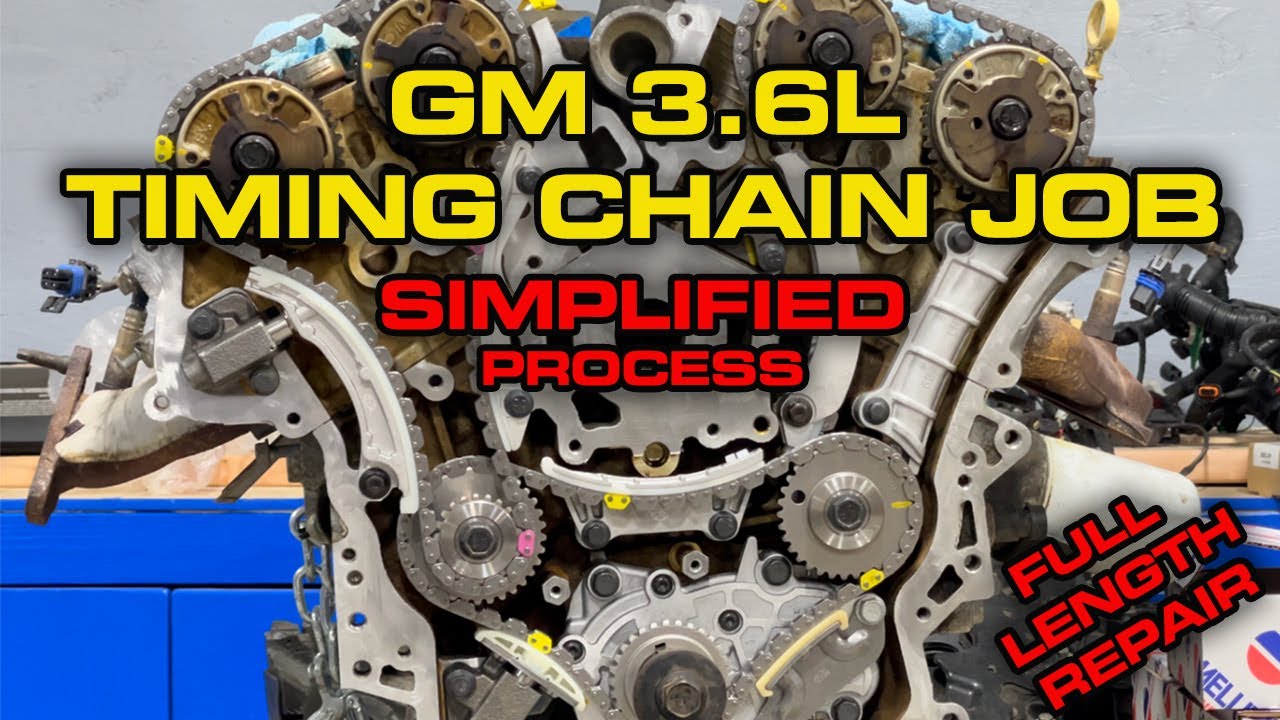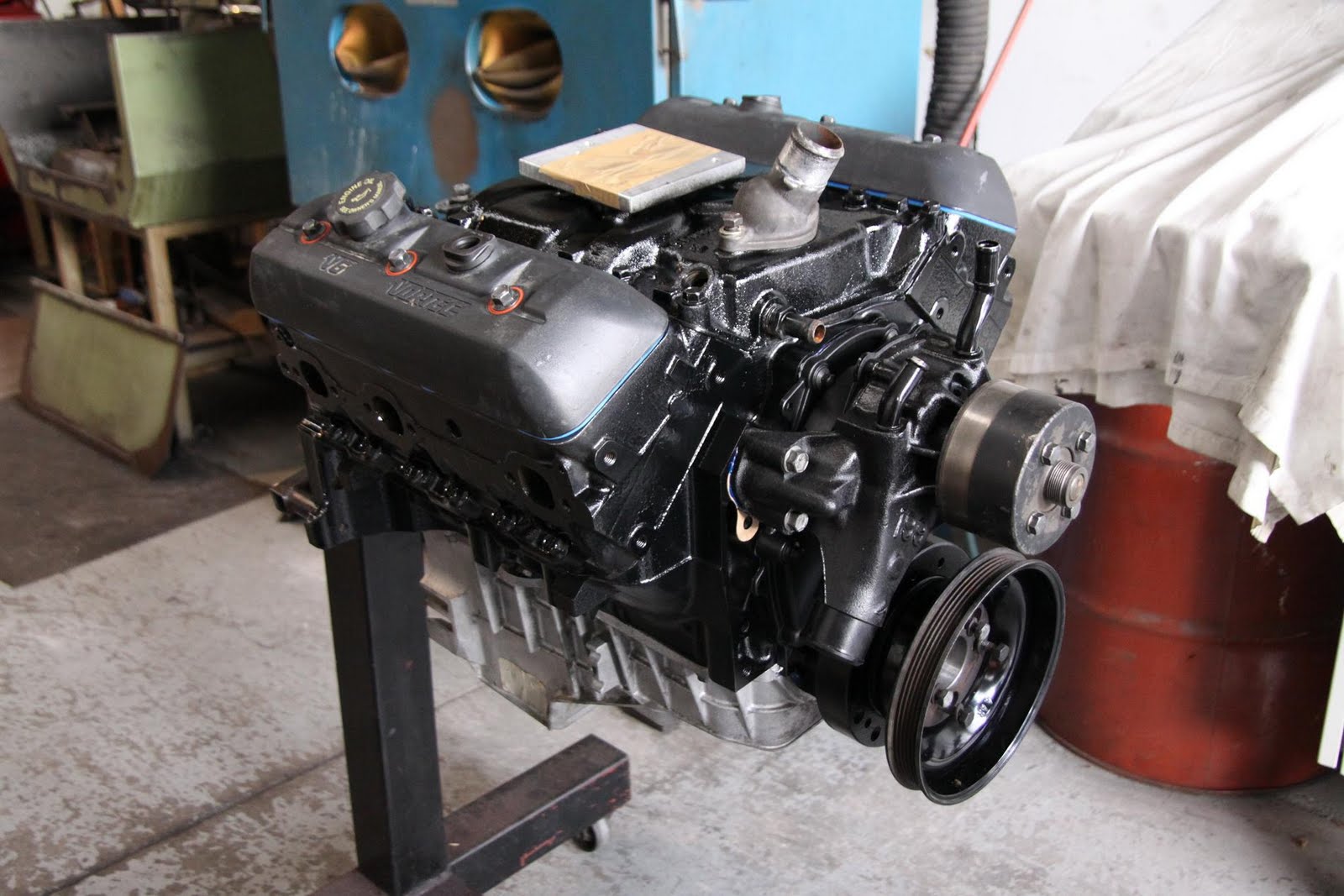
The 3.6L V6 engine, a workhorse in the Chevrolet lineup, has powered everything from family sedans to SUVs and crossovers. But just how dependable is this powerplant? This is a question many potential buyers ask, and for good reason. Choosing a vehicle is a significant investment, and engine reliability is a crucial factor. This article aims to provide a comprehensive overview of the 3.6L V6's dependability, covering its history, common issues, maintenance best practices, and more.
Engine reliability can be a complex topic. It's influenced by various factors, including manufacturing quality, maintenance habits, driving conditions, and even the specific vehicle model it's installed in. While no engine is entirely immune to problems, some demonstrate a more consistent track record of durability than others. Understanding the potential weaknesses and strengths of the 3.6L V6 will empower you to make an informed decision.
The 3.6L V6, often referred to by its engine code LFX, first appeared in GM vehicles around 2008. Over the years, it has seen several iterations and improvements, appearing in popular models like the Chevrolet Camaro, Impala, Traverse, Equinox, and several Buick and Cadillac models. Its widespread use is a testament to its versatility and overall performance characteristics.
However, like any engine, the 3.6L V6 has faced its share of criticism. Some owners have reported issues, including timing chain problems, water pump failures, and occasional oil consumption. While not every 3.6L V6 will experience these problems, understanding the potential issues is essential for proactive maintenance and informed ownership.
Assessing the reliability of this engine requires a balanced perspective. While there are documented problems, many owners report years of trouble-free service. Proper maintenance plays a significant role in the longevity of any engine, and the 3.6L V6 is no exception. Regular oil changes, using quality fluids, and addressing minor issues promptly can significantly extend its lifespan.
One common concern with the 3.6L V6 is the timing chain. Some earlier versions of the engine were susceptible to premature timing chain wear. However, General Motors has addressed this issue with updated parts and revised designs in later models. Checking the timing chain tension and replacing it at the recommended intervals is crucial.
Another potential issue is water pump failure. Leaks or complete pump failures can lead to overheating and potential engine damage. Regular inspections and preventative replacement are recommended, especially for higher-mileage vehicles.
Some 3.6L V6 engines have exhibited oil consumption, particularly in certain model years. While some oil consumption is normal, excessive oil loss can be a sign of underlying problems. Monitoring the oil level and addressing any significant drop promptly is essential.
A well-maintained 3.6L V6 offers good fuel economy, respectable power, and smooth operation. Its relatively simple design also contributes to lower repair costs compared to more complex engines.
Advantages and Disadvantages of the 3.6L V6
| Advantages | Disadvantages |
|---|---|
| Good Fuel Economy | Potential Timing Chain Issues (earlier models) |
| Respectable Power Output | Potential Water Pump Failures |
| Smooth and Refined Operation | Possible Oil Consumption |
Best Practices for Maintaining the 3.6L V6:
1. Regular Oil Changes: Follow the manufacturer's recommended oil change intervals.
2. Quality Fluids: Use high-quality oil and coolant designed for your engine.
3. Timing Chain Inspection: Regularly check the timing chain tension and replace it as needed.
4. Water Pump Inspection: Inspect the water pump for leaks and replace it preventatively.
5. Address Issues Promptly: Don't ignore warning signs or minor problems.
Frequently Asked Questions:
1. What is the lifespan of a 3.6L V6? With proper maintenance, it can last 200,000 miles or more.
2. What are the common problems with the 3.6L V6? Timing chain issues, water pump failures, and oil consumption are potential concerns.
3. How can I improve the reliability of my 3.6L V6? Regular maintenance and addressing issues promptly are key.
4. Is the 3.6L V6 a good engine? It's generally a reliable engine, especially with proper care.
5. What vehicles use the 3.6L V6? Several Chevrolet, Buick, and Cadillac models utilize this engine.
6. What type of oil should I use in my 3.6L V6? Consult your owner's manual for the recommended oil viscosity.
7. How often should I change the timing chain? Refer to your vehicle's maintenance schedule for the recommended replacement interval.
8. How can I tell if my water pump is failing? Look for leaks, unusual noises, or overheating.
In conclusion, the Chevrolet 3.6L V6 engine has a reputation for being a reliable and capable powerplant. While some potential issues exist, particularly in earlier models, proper maintenance can significantly mitigate these risks. By understanding the engine's strengths and weaknesses, and adhering to a regular maintenance schedule, owners can enjoy many years of dependable service from their 3.6L V6-powered vehicles. The 3.6L V6 offers a compelling balance of power, fuel efficiency, and reliability, making it a popular choice for a wide range of vehicles. If you're considering a vehicle equipped with this engine, doing your research and understanding its maintenance needs is crucial for a positive ownership experience. Taking proactive steps to address potential issues and maintaining the engine properly will contribute to its longevity and performance for years to come. Remember to consult your owner's manual for specific maintenance recommendations and schedules.
Falling in love with chayannes lyrics exploring me enamore de ti
Upgrade your desktop resident evil 4 remake wallpapers
Transferring funds to india navigating western unions landscape













